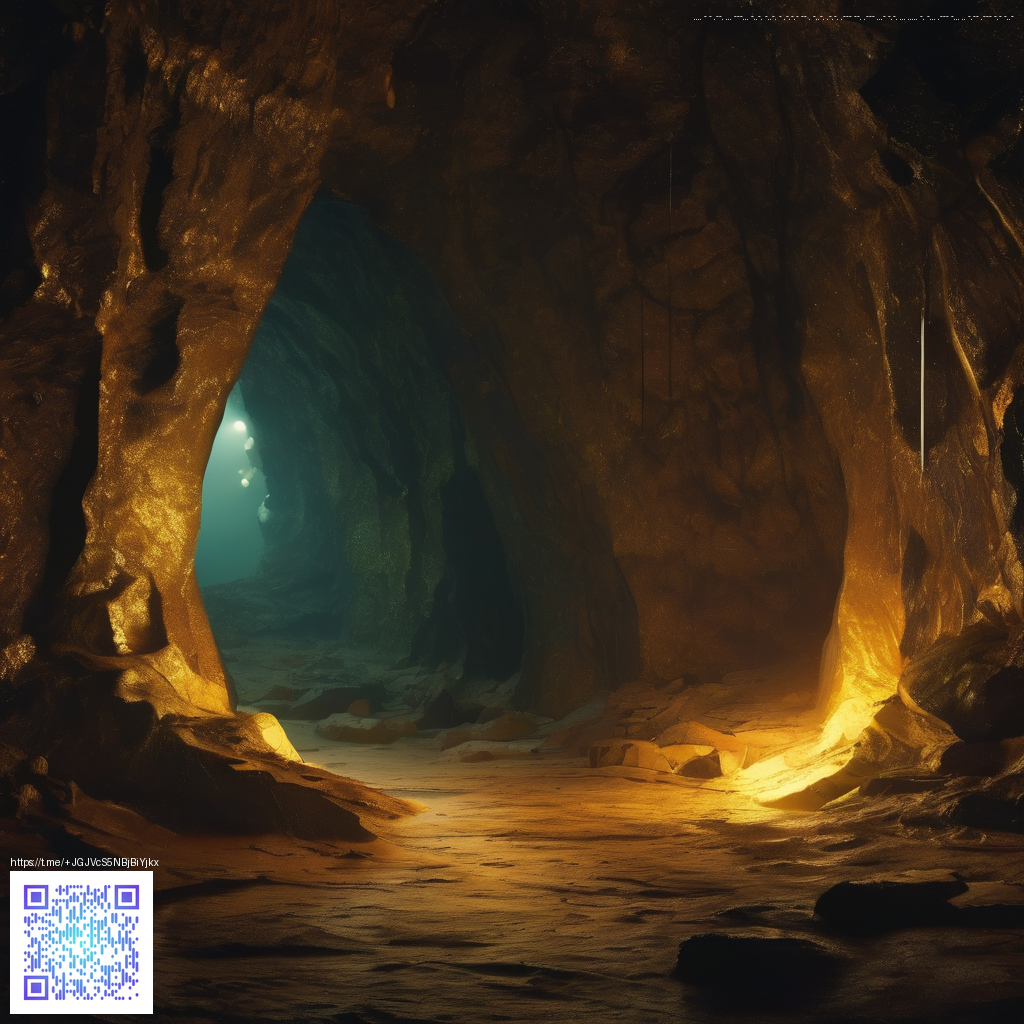
Historic Paper Restoration in the Digital Age
Vintage documents carry a wealth of information and context that far transcends their fragile appearance. In the digital era, restoration is about more than making a surface readable; it’s about preserving the document’s story while enabling broader access. A thoughtful restoration blends physical conservation with careful digital replication, ensuring the artifact remains faithful to its history even as it becomes approachable for researchers, students, and enthusiasts around the world.
When done well, the process reveals legibility, preserves subtle details lost to time, and provides a robust digital surrogate that can be stored, shared, and analyzed without risking further harm to the original. The goal is transparency and accuracy—recreating the experience of a carefully handled page while making the content discoverable and legible for future generations.
The restoration pipeline: from hands to pixels
Every project starts with a thorough assessment of the artifact’s materials, structure, and condition. This informs each step of the workflow, from delicate physical interventions to precise digital corrections. A typical sequence includes:
- Assessment of paper type, ink composition, and binding integrity
- Deacidification and micro-repair to slow further deterioration
- Flattening and tear repair using conservation-grade materials
- Color balancing and contrast adjustments to reflect the original appearance without exaggeration
- High-resolution scanning or photography under controlled lighting
- Color-managed digital workflows (ICC profiles, soft-proofing) to ensure consistency across devices
- Comprehensive metadata capture for provenance and future research
“Restoration in a digital context is about transparency and restraint—preserving the document’s voice while making it accessible to new audiences.”
Workspace considerations: balancing care with efficiency
A calm, organized workspace supports meticulous digitization. Small choices—gloves, neutral lighting, and a stable surface—affect both the physical and digital outcomes. For many researchers and conservators, a clean, neutral desk setup helps prevent shadows, glare, and accidental damage. For example, a sturdy Neon Gaming Mouse Pad 9x7 Neoprene provides a reliable work surface that stays comfortable during long sessions. It’s a practical reminder that thoughtful accessories can improve precision without distracting from the task at hand.
Other essential tools include:
- Archival gloves and soft brushes for careful handling
- Buffered, acid-free tissues for interleaving and protection
- Humidity and temperature controls to slow deterioration
- Consistent, diffused lighting to minimize glare and color shifts
- Non-destructive scanners and calibrated color targets
From physical to digital: fidelity, ethics, and use
The digital surrogate should reflect the document’s authentic appearance and condition while enabling safe study. This means reversible edits, transparent metadata, and careful documentation of any restoration decisions. High-resolution TIFF exports preserve detail for scholarly work, while web-friendly formats like well-compressed JPEGs can support broader access without compromising data integrity. When sharing examples or case studies, including a link to external references helps readers explore the broader context of conservation practice. For instance, a project page that outlines methodology and decision points can provide valuable insight: case study page.